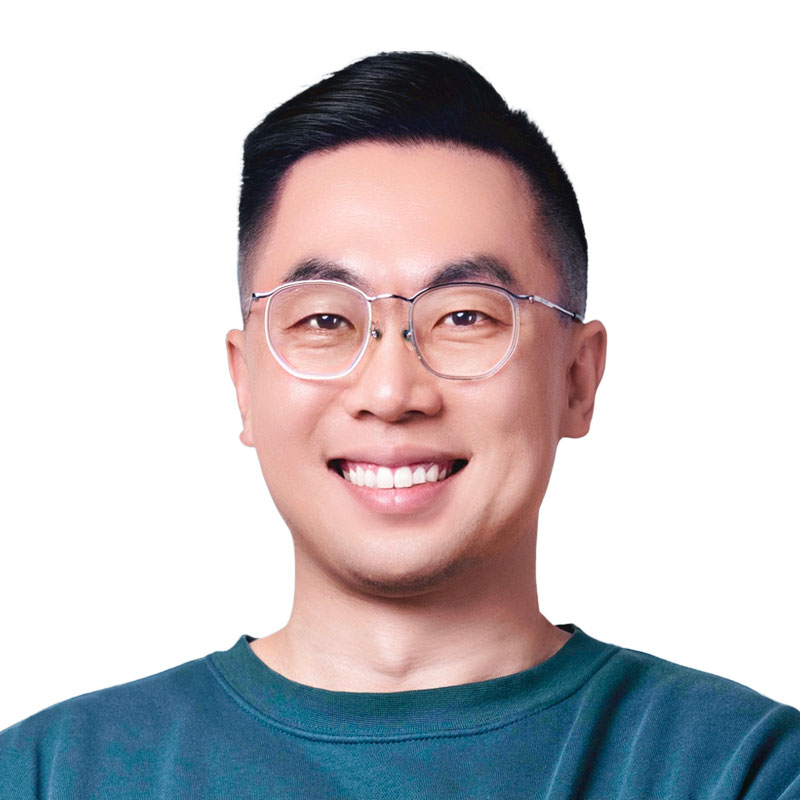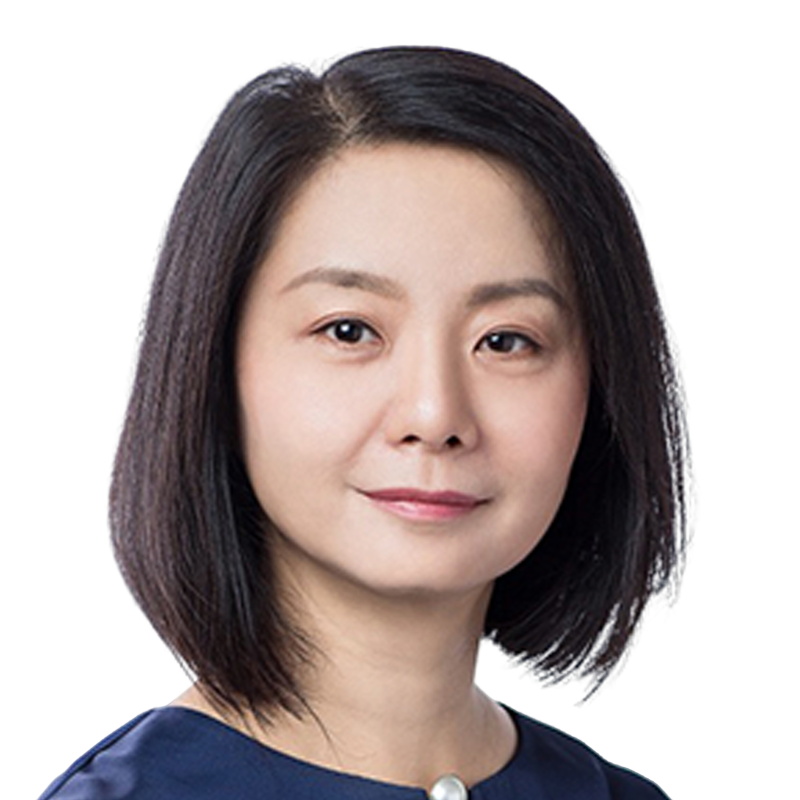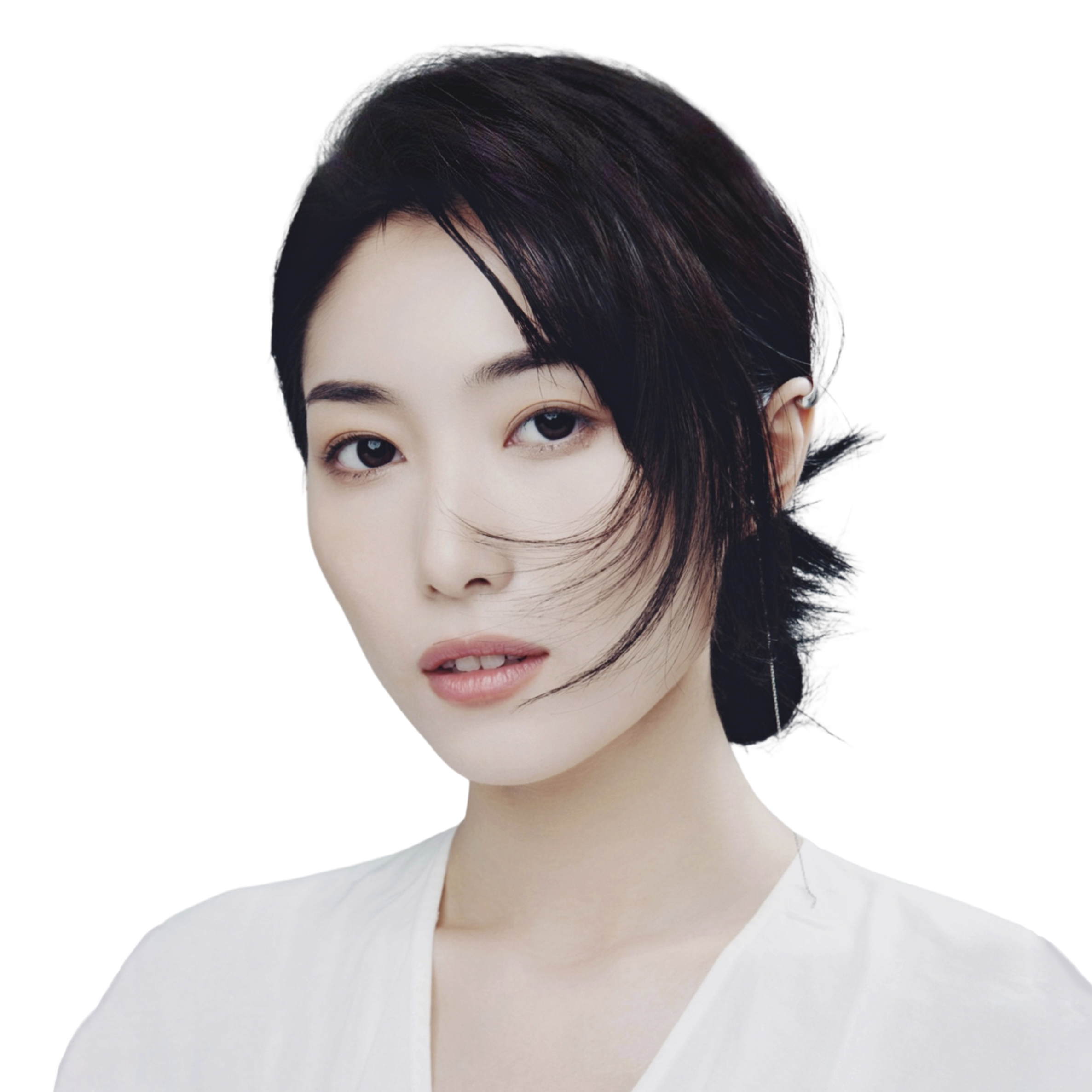-
 Liu Jian
ByteDance - Lark
Product Design Experience Expert
Liu Jian
ByteDance - Lark
Product Design Experience Expert
He is currently head of the Lark Design-Collaboration Design team in Guangzhou. He has Guangdong University of Technology a master's degree outside the university. He has received many Design and invention patents both at home and abroad. He has also been a judge of the “Governor's Cup” industrial Design competition. From 2012 to 2023, he has been deeply involved in the field of experience interaction in the pure internet industry. He has participated in the product design and R & D of hundreds of millions of applications from zero to one. He has led the design of FEI Book App Mailbox business line of product design and landing. He has 4 years of design management experience.
Design Concept: design is not only a way to solve the problem, but also a source of power to recognize the ID and make continuous progress.
Innovative Design Methods Help Product Experience Spiral Upward
In today's era of highly integrated digitalization, digital tools have become an integral part of people's work and life. Every day, people use a wide variety of applications, applets, and websites to improve our quality of life and productivity. Due to different needs and use cases, people are constantly switching between different tools. These tools are also constantly being updated and iterated to adapt to these changing needs.
In the face of diversified products and different individual use habits, people often have different expectations, comparisons, adaptations and abandonment of new products. As experience designers, we need to apply the scientific method to better obtain real and effective user feedback. At the same time, we also need to constantly innovate and iterate our design methods to ensure the actual effectiveness and advancement of the method.
Through this workshop, we will incorporate traditional design methodologies and creatively combine them with best practices in real production. We'll delve into how experience designers can make breakthroughs in product experience so that products maintain a continuous upward spiral in experience.
The workshop will cover:
1. Traditional methodology and actual production
1.1 Basic principles and application fields of traditional design methodology
1.2 Advantages and disadvantages of traditional methodology in actual production and problems that cannot be solved
1.3 Summarize key issues and challenges that need to be addressed
2. Iteration and optimization methodology
2.1 How to systematically optimize traditional design methodology (combined with actual production experience)
2.2 The importance of continuous iteration and improvement of methodology
2.3 Share team or individual experiences to demonstrate the actual results of the iterative process
3. Methodology verification and problem finding
3.1 How can the optimized methodology be applied to solve incremental or predictive problems
3.2 Key steps of validation methodology (how to measure success and failure)
3.3 Emphasize the importance of continuously searching for new problems and breakthroughs
4. Methodology precipitation and best practice
4.1 Through practical cases (comprehensive analysis of the App), explain how to extract common parts from multiple projects and sublimate them into a general methodology
4.2 Emphasize the importance of best practices to ensure that the design methodology can be widely applied
4.3 Propose ways to precipitate the methodology so that other design teams can also benefit
1、Inventory: A Brief Introduction to the traditional design methodology and the advantages and disadvantages of actual production, and judge the need to solve the problem now
2、Iterative: combining the actual production, systematic optimization design methodology, and continuous iteration and optimization
3、Validation: Bring the methodology into incremental or predictive problems for validation, and continuously look for new problems and breakthroughs
4、Precipitation: combined with the actual case, the common parts extracted, sublimated to methodology, in the form of best practice precipitation down
5、Practice: simulate scene interaction on site
6、Interaction: Q&A Session
1、5-10 years experience designer
2、5-10 years product manager
3、Design management position related practitioners
1、Learn the cognition and practical operation of traditional design methodology
2、Understand the ability to systematically optimize actual production methods
3、Use low-level design thinking to solve problems
4、Precipitate best practices
-
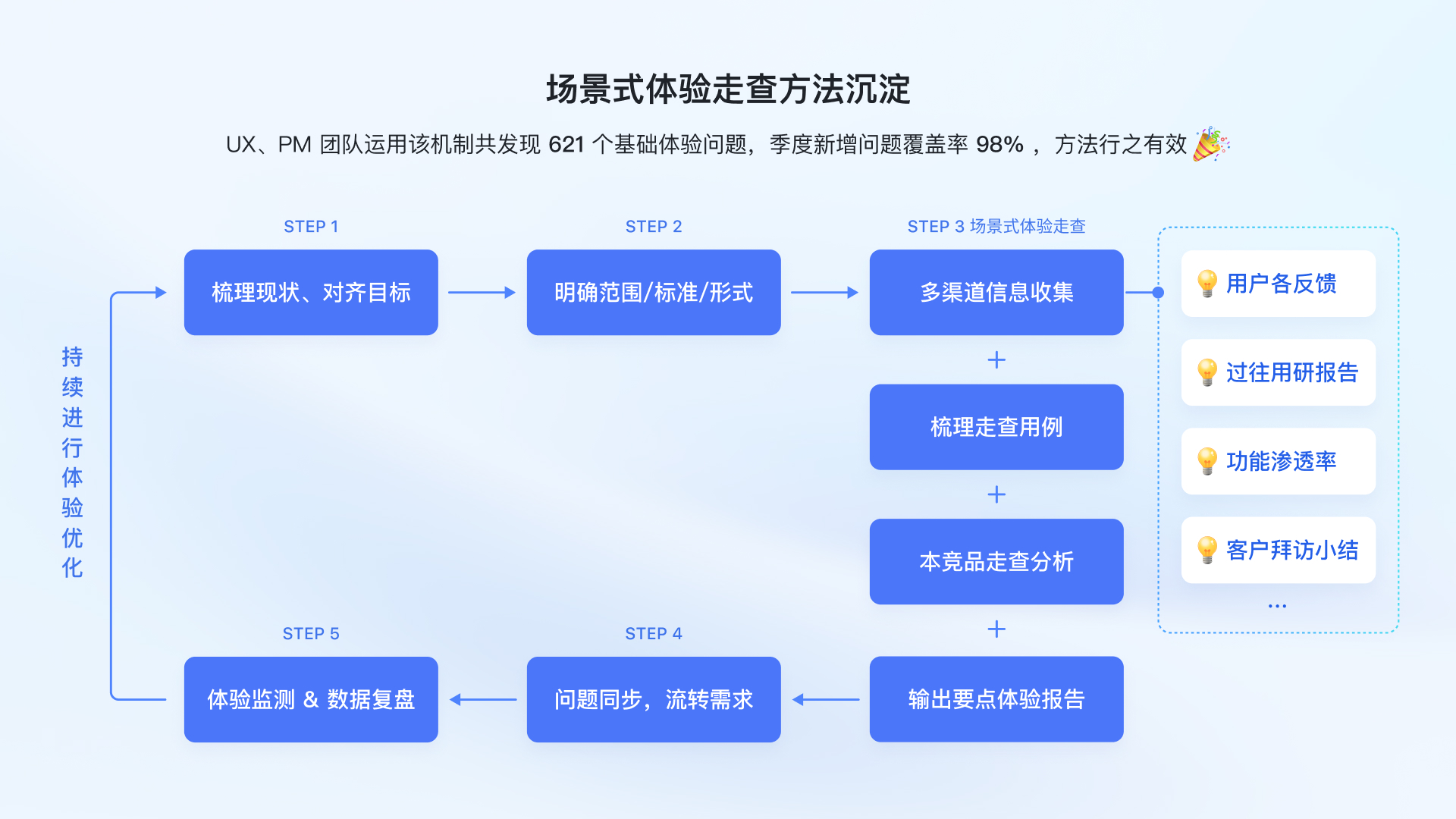 Larkmail-4
Larkmail-4
-
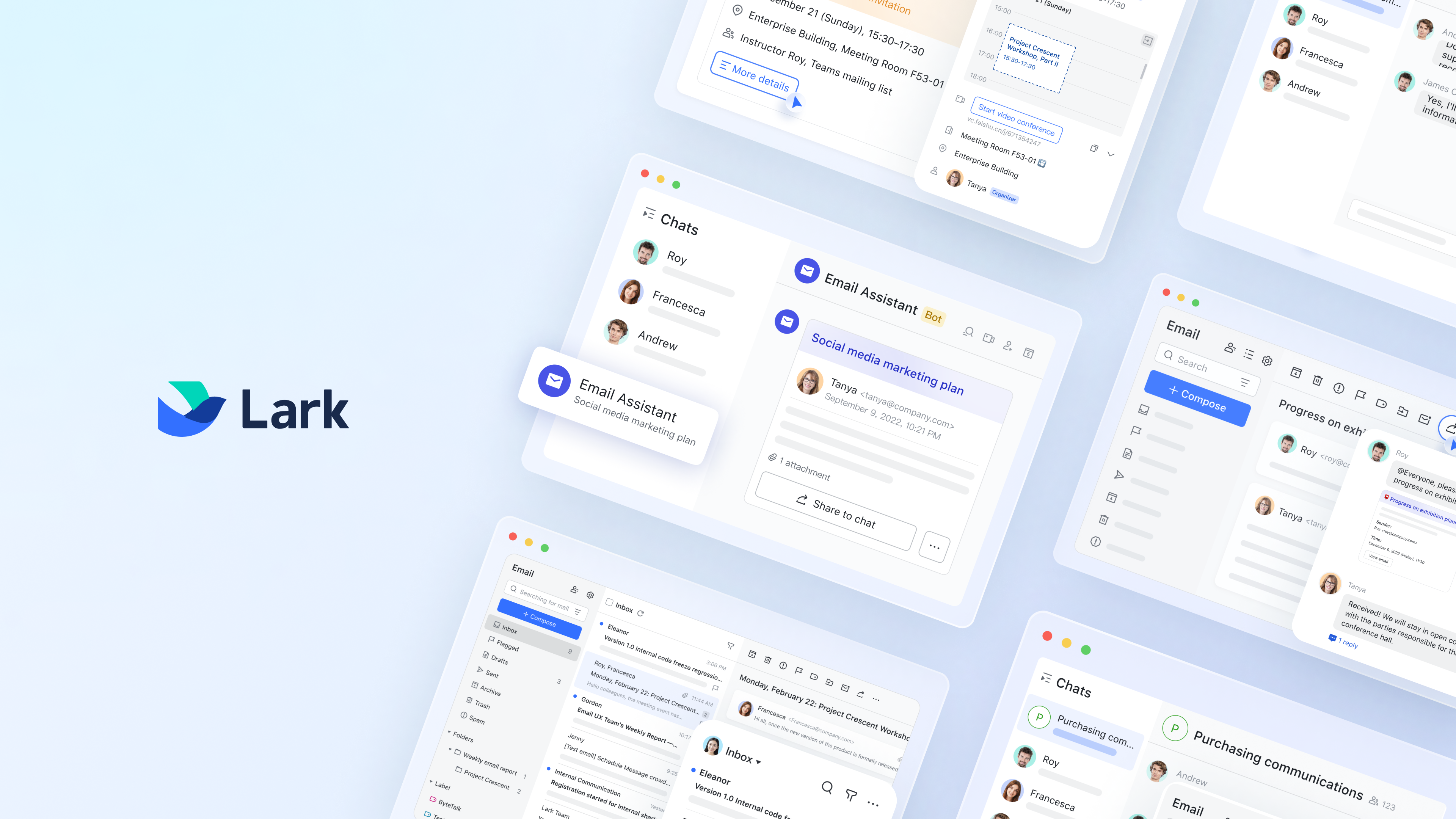 Lark-Mail-3
Lark-Mail-3
-
 Lark-Mail-2
Lark-Mail-2
-
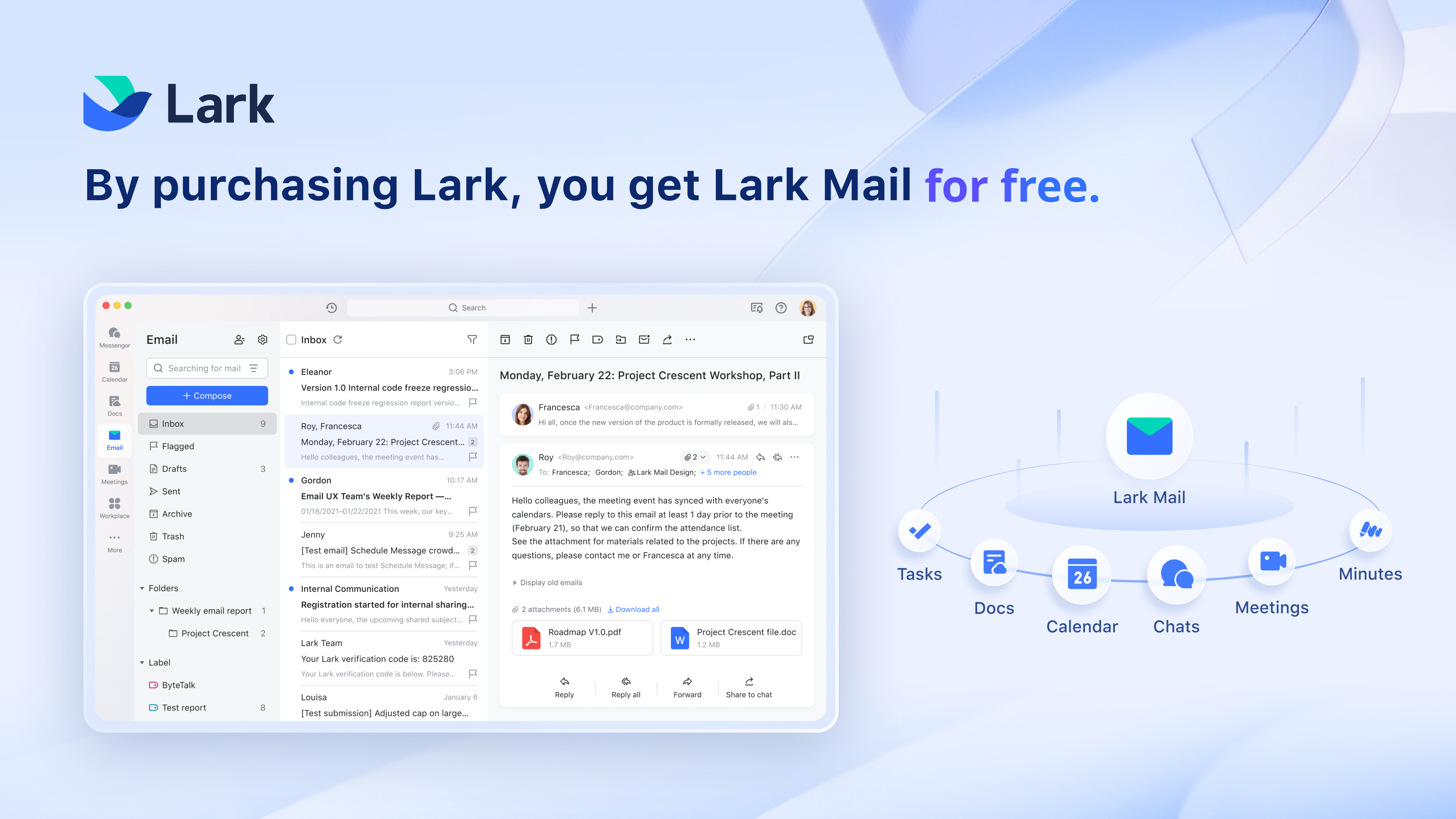 Lark-Mail-1
Lark-Mail-1



